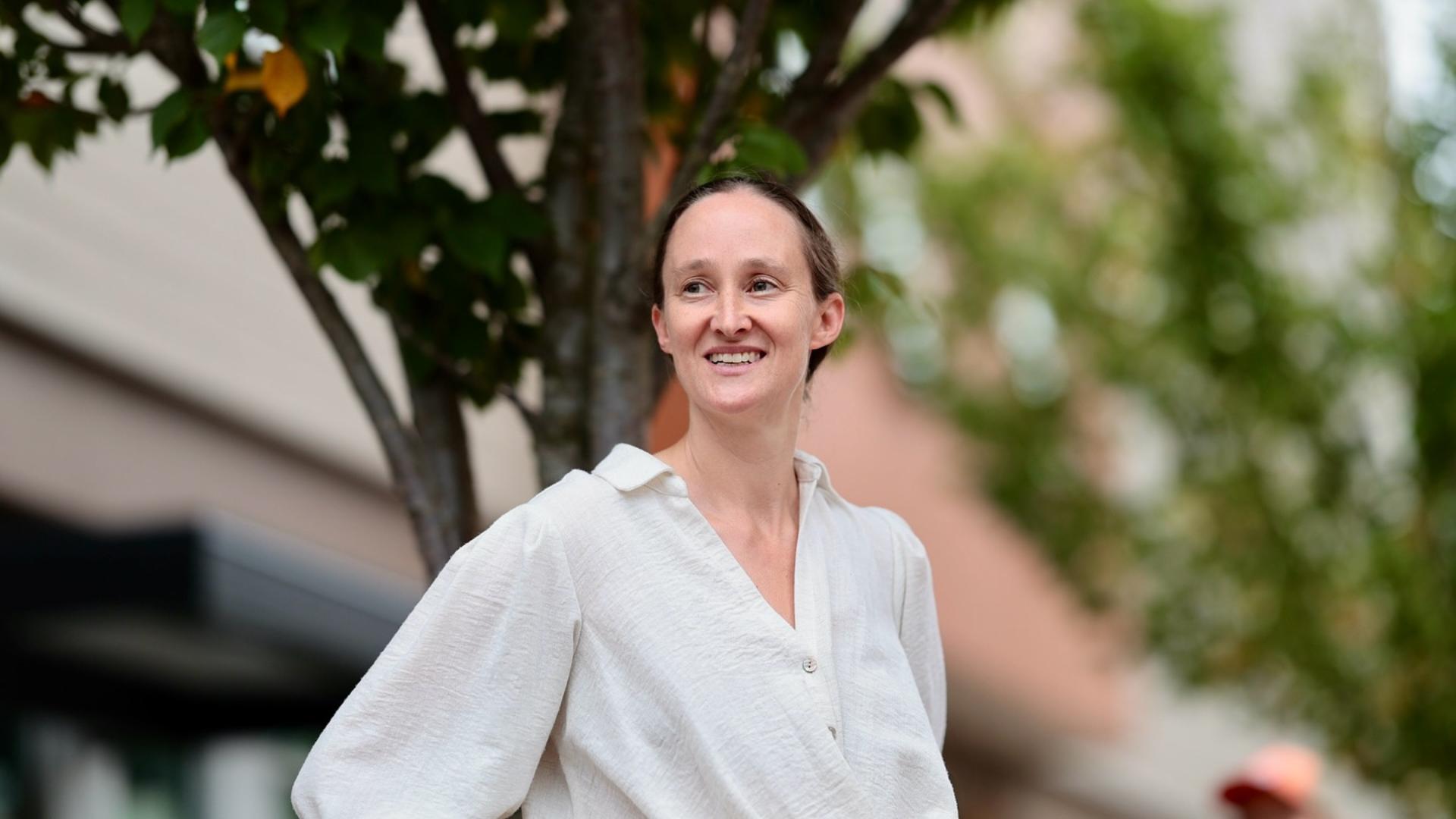
Downtown Seattle has witnessed a promising decrease in crime rates over the past year. However, safety concerns still linger in specific pockets of the city. Businesses in these areas, especially near open drug markets, encounter daily challenges, ranging from hiring difficulties due to safety concerns to increased costs for security and shoplifting, as highlighted by Jon Scholes, CEO of the Downtown Seattle Association.
Police data reveals an encouraging trend: violent crimes in several key districts, including Belltown, Pioneer Square, and the Chinatown International District, have reduced by 14%. Even more notable is the 40% decrease in homicides and a near 26% decline in property crimes. But public sentiment remains wary. A recent survey from the Seattle Metropolitan Chamber of Commerce indicates that almost half of the city’s voters view crime and public safety as top concerns, marking a noticeable rise from previous figures.
A pivotal change is Seattle’s new public consumption law, which is set to criminalize public drug use. This law comes after the 2021 state Supreme Court decision to invalidate the state’s felony drug possession law. The police force, recognizing the implications of this new regulation, is strategizing to adapt, as shared by Interim Assistant Police Chief Dan Nelson.
In parallel, there’s a strong public push to bolster the police force. Although Mayor Bruce Harrell faced initial criticism over the pace of police recruitment, revamped efforts have seen application rates soar to a two-year high. Optimizations in the hiring process have also expedited recruitments.
To further this momentum, the city is offering hiring incentives for both new and existing officers. The mayor’s office has plans to amplify recruitment spend in the coming months, with the 2023 police budget set at $374.3 million and a proposal to increase it to $391.5 million for the following year. The combined efforts of legislation and augmented law enforcement aim to ensure Seattle’s safety continues its upward trajectory.

